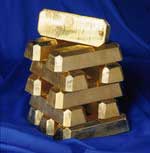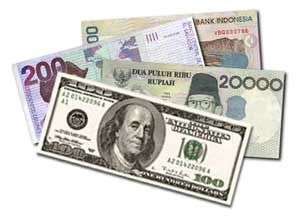Currency in ancient civilization
 More than 2,000 years ago, Aristotles realized that before using minted money, humans had given away their possessions to exchange for what they lacked. That job is called Metadosis.
More than 2,000 years ago, Aristotles realized that before using minted money, humans had given away their possessions to exchange for what they lacked. That job is called Metadosis.
Ethnologists describe that in very ancient societies there was a very strict hierarchy, with complex exchange relationships like Kula in the Western Pacific, bilaba and malaki in Central Africa or Potlatch on the northwestern coast of America.
Coins, as well as hierarchical relationships and domination, are not new things created today. It has existed in even more ancient civilizations than the Mediterranean, Central and Near East or Central America civilizations. Circulating precious objects in those communities is a global phenomenon. And in a sense, it heralds the functions of money as a means of exchange and a payment and calculation unit.
 But in those ancient societies, these basic functions have not yet become a purely economic function. They still depend on the system of kinship relationships and political, religious and religious alliances that influence the supply of workforce, production organization and evidence of wealth distribution.
But in those ancient societies, these basic functions have not yet become a purely economic function. They still depend on the system of kinship relationships and political, religious and religious alliances that influence the supply of workforce, production organization and evidence of wealth distribution.
Ancient coins are a positive tool of social life. At that time, money was used in births, weddings, funerals, used to declare war or reconcile with each other or to compensate for physical or mental harm, to deal with the Gods governing reproduction and death. Conversely, at that time, money was not used to pay debts, pay or buy goods.
The characteristics of such rare and useless coins are like a form of currency today. The coin foretells the economic and political nature of today's currency: Economics, because they determine the value of various activities and goods and thereby herald standardized payment instruments today. ; politics: money represents, reflects and reproduces the power relations, hierarchy of individuals or corporations in society.
- Cocoa has been used as a currency for hundreds of years
- 10 facts not everyone knows about Bitcoin - the digital currency is causing fever today
- The 2,000-year counterfeit currency is paid for thousands of dollars
- Civilizations of aliens?
- Ancient civilizations were forgotten
- 'Follow up' Venezuela, Cambodia plans to issue national virtual currency
- Mysterious ancient civilizations unknown
- The mystery of the first ancient civilization
- Ever had a civilization in Antarctica?
- Discovered ancient civilization never known in India
- What is Bitcoin?
- Redefining the age of Indian civilization
 'Barefoot engineer' invents a pipeless pump
'Barefoot engineer' invents a pipeless pump Process of handling dead pigs due to disease
Process of handling dead pigs due to disease Radiometer
Radiometer Warp Engine: Technology brings us closer to the speed of light
Warp Engine: Technology brings us closer to the speed of light